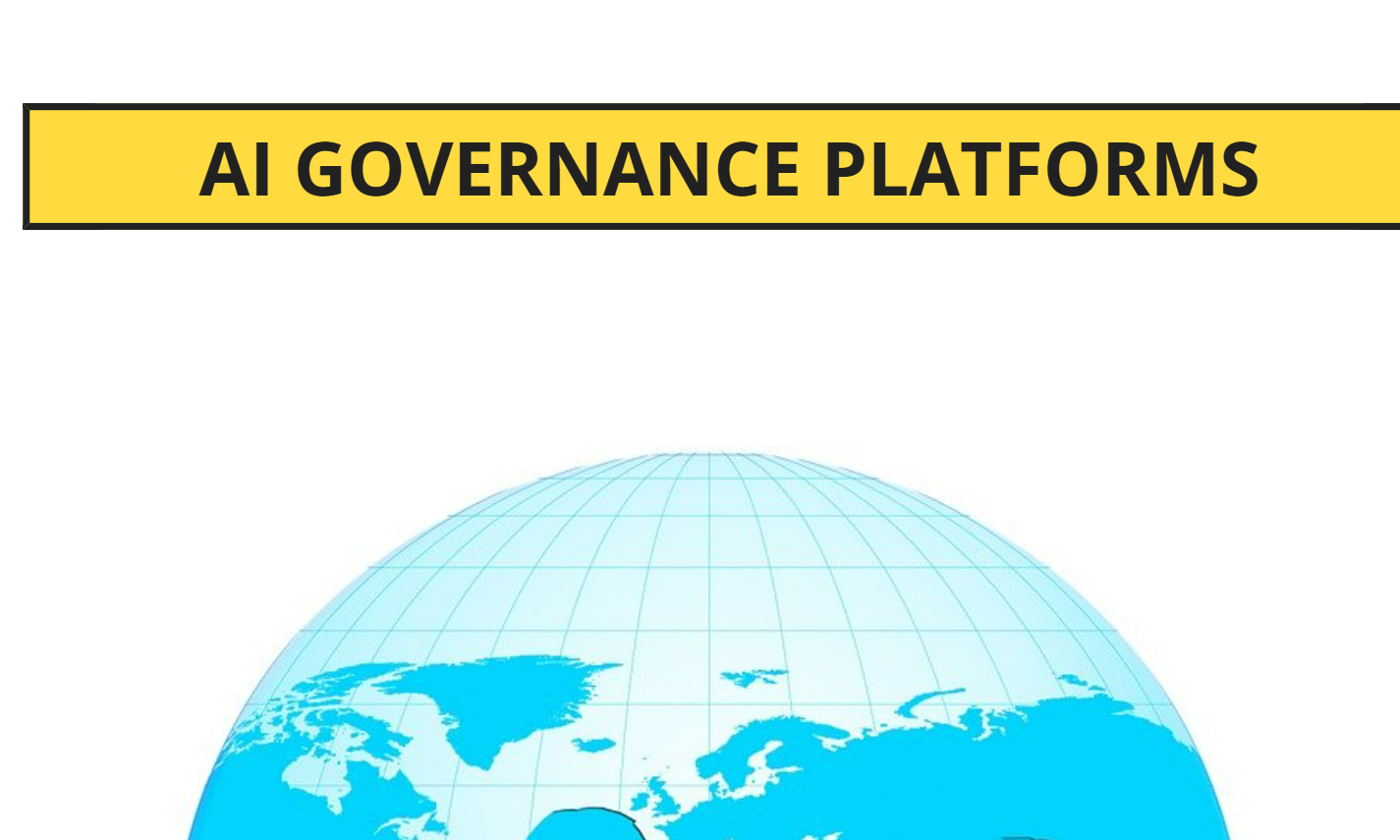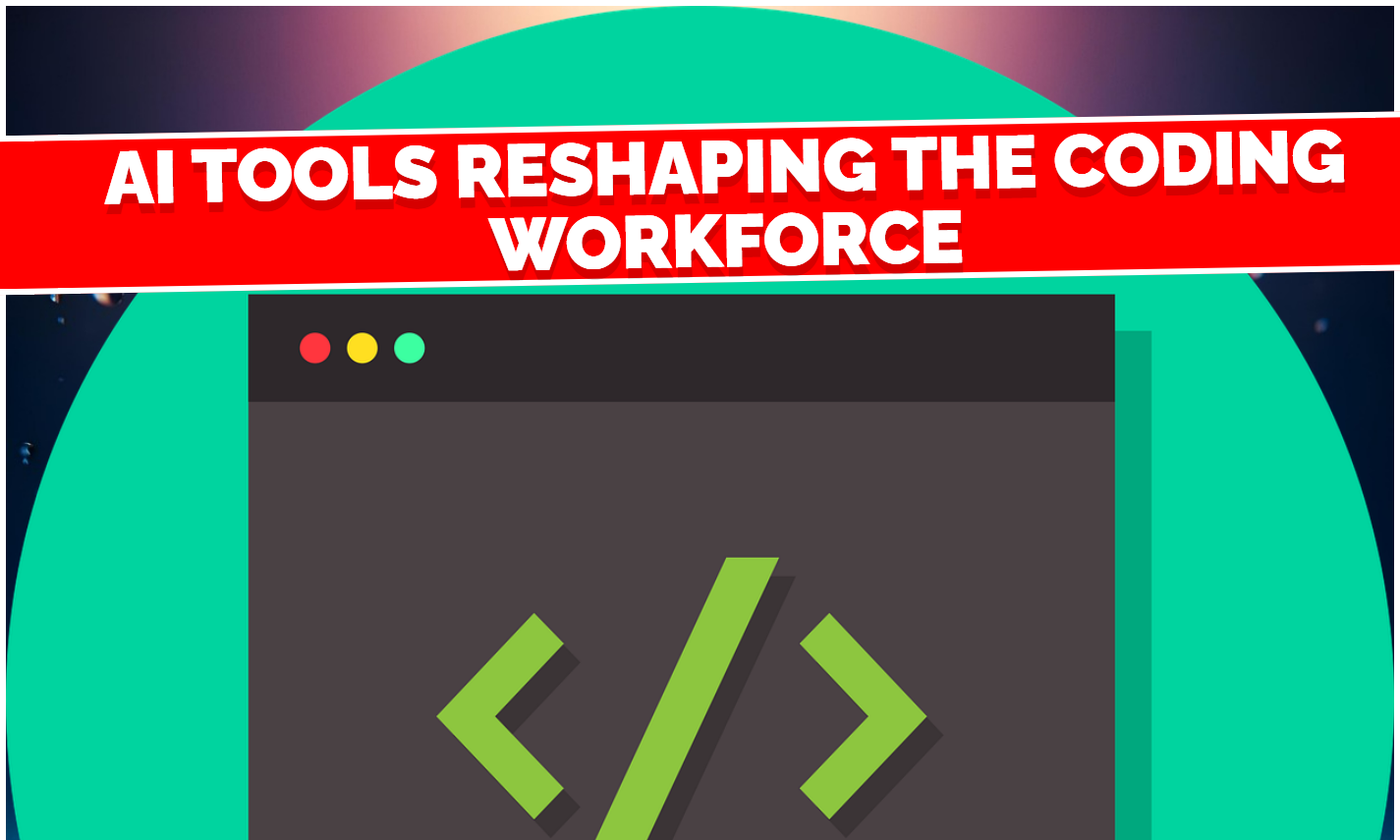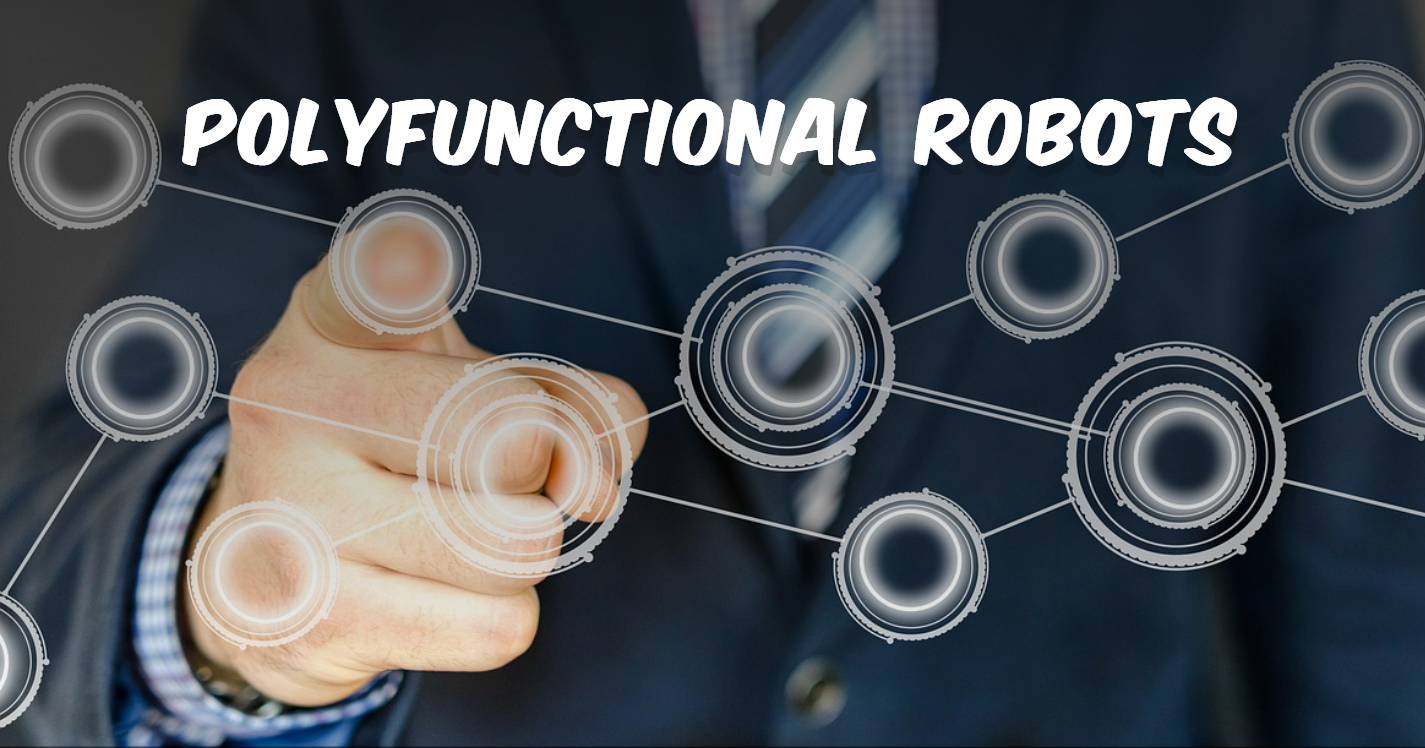As artificial intelligence (AI) proceeds to advance and coordinated more profound into society, businesses, governments, and communities are progressively concerned approximately how to oversee its advancement and utilize dependably. With the rise of effective generative AI models, independent frameworks, and prescient analytics, the request for successful administration instruments has surged.
AI Administration Stages have risen as fundamental devices to guarantee moral, lawful, and straightforward utilize of AI innovations over sectors.
This article investigates what AI Administration Stages are, why they matter, how they work, and their suggestions for the future of capable AI.
What Are AI Administration Platforms?
AI Administration Stages are computer program systems or frameworks outlined to screen, control, and oversee the improvement, sending, and utilize of AI advances. These stages offer assistance organizations uphold moral standards, administrative compliance, hazard administration, straightforwardness, and responsibility in their AI operations.
They regularly incorporate highlights such as:
- Model review trails and logging
- Bias and decency assessments
- Explain ability tools
- Compliance tracking
- Security and get to control mechanisms
- Lifecycle administration of AI models
These stages are not fair specialized arrangements. They moreover back the broader organizational systems essential for AI administration, such as adjusting AI improvement with company approaches, lawful necessities, and societal expectations.
The Require for AI Governance
The need for AI administration emerges from a few challenges related with AI adoption:
1. Moral Concerns
AI frameworks can inadvertently propagate or compound predispositions, segregate against certain bunches, or make dark choices with critical results. AI administration stages guarantee these issues are recognized and mitigated.
2. Administrative Pressure
Governments around the world are presenting AI directions. The EU AI Act, for case, classifies AI frameworks based on hazard levels and sets particular commitments. Administration stages offer assistance organizations comply with such complex lawful requirements.
3. Reputational Risk
Public believe in AI is delicate. Abuse of AI or episodes including algorithmic hurt can seriously harm an organization’s notoriety. Straightforward administration builds believe with partners and the public.
4. Operational Complexity
AI models are regularly created by different groups, prepared on energetic datasets, and sent in distinctive situations. AI Administration Stages bring centralized oversight and consistency to oversee this complexity.
Core Components of AI Administration Platforms
Effective AI Administration Stages regularly envelop the taking after components:
1. Show Lifecycle Management
This incorporates devices for following and reporting each organize of the AI show lifecycle—from information collection and show preparing to arrangement and retirement. Organizations can see how models advance over time, guaranteeing traceability and reproducibility.
2. Inclination Location and Reasonableness Monitoring
Platforms can naturally distinguish incongruities in AI forecasts over diverse statistic bunches and give proposals or instruments to alter models for more pleasant outcomes.
3. Explainability and Transparency
To comply with controls and moral guidelines, AI frameworks require to be logical. Administration stages give interpretable show yields, empowering clients and inspectors to get it how choices were made.
4. Compliance Dashboards
These dashboards offer assistance AI specialists and compliance groups track whether models adjust with pertinent administrative guidelines, such as GDPR, HIPAA, or the EU AI Act. Cautions can be activated when frameworks veer off from endorsed parameters.
5. Security and Get to Control
Governance incorporates guaranteeing AI frameworks are secure from unauthorized get to or control. Stages give role-based get to, review logs, and encryption highlights to protect AI assets.
6. Hazard and Affect Assessments
Before sending, models can be assessed for potential dangers. This incorporates social and moral affect evaluations, particularly in high-stakes ranges like healthcare, fund, or open safety.
Leading AI Administration Platforms
Several companies and open-source activities are building advanced administration tools:
- IBM Watson OpenScale: Offers devices for observing AI execution, decency, and float in real-time.
- Fiddler AI: Gives explainability and observing for AI models, making a difference groups get it and believe their AI.
- Microsoft Capable AI Dashboard: A suite of devices outlined to offer assistance specialists recognize and moderate reasonableness, unwavering quality, and causality issues.
- Credo AI: Specializes in approach and compliance administration for dependable AI use.
- DataRobot AI Administration: Centers on show administration at scale, empowering companies to track execution, compliance, and chance over all models.
Benefits of Utilizing AI Administration Platforms
1. Upgraded Believe and Accountability
Organizations that proactively administer AI can guarantee clients, controllers, and partners that their frameworks are dependable and safe.
2. Streamlined Compliance
With administrative prerequisites growing quickly, administration stages make it less demanding to illustrate compliance through mechanized following and documentation.
3. Hazard Mitigation
By recognizing issues like inclination, float, or antagonistic vulnerabilities early, organizations can dodge exorbitant episodes or lawful penalties.
4. Operational Efficiency
Centralizing administration over groups and ventures decreases duplication of exertion, miscommunication, and clumsy development.
Challenges and Considerations
Despite their guarantee, actualizing AI Administration Stages is not without challenges:
- Integration Complexity: These stages must coordinated with existing ML pipelines, apparatuses, and information sources, which may be divided over an organization.
- Cultural Resistance: AI groups may stand up to extra oversight if they see administration as bureaucratic or abating innovation.
- Standardization Holes: The need of all inclusive guidelines for AI administration can make it difficult to select the right devices or frameworks.
To overcome these boundaries, organizations must embrace a culture of capable AI, backed by official administration, clear approaches, and preparing programs.
The Future of AI Governance
As AI frameworks gotten to be more independent and inescapable, the part of AI administration will develop indeed more basic. Future improvements may include:
- Standardized Administrative Systems: Universal participation may lead to worldwide AI administration standards.
- AI for AI Administration: Machine learning might be utilized to offer assistance administer other AI models by identifying inconsistencies, inclinations, or misuse.
- Greater Partner Cooperation: Citizens, promotion bunches, and workers may be more included in forming AI approaches and checking on show behavior.
- Cross-platform Interoperability: Administration devices may advance to work consistently over numerous cloud and on-premise environments.
Conclusion
AI Administration Stages are foundational to building and scaling capable AI frameworks. By implanting moral standards, administrative compliance, and hazard administration into the AI advancement prepare, these stages empower organizations to improve with certainty and accountability.
As the AI scene proceeds to advance, grasping AI administration is not fair a matter of compliance—it’s a key basic. Organizations that contribute early in strong administration framework will be superior situated to explore the complexities of tomorrow’s AI-driven world.









Leave a Reply